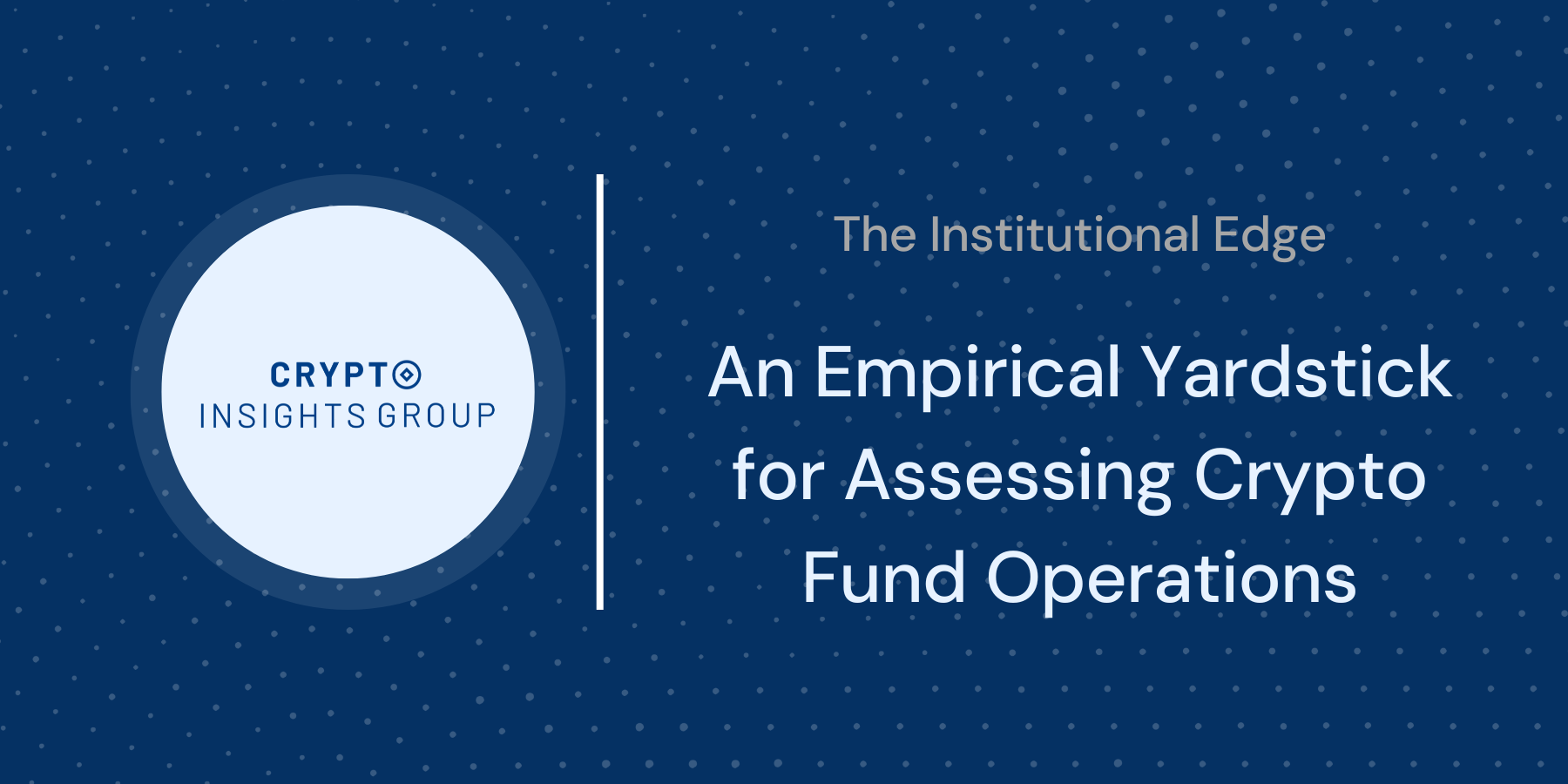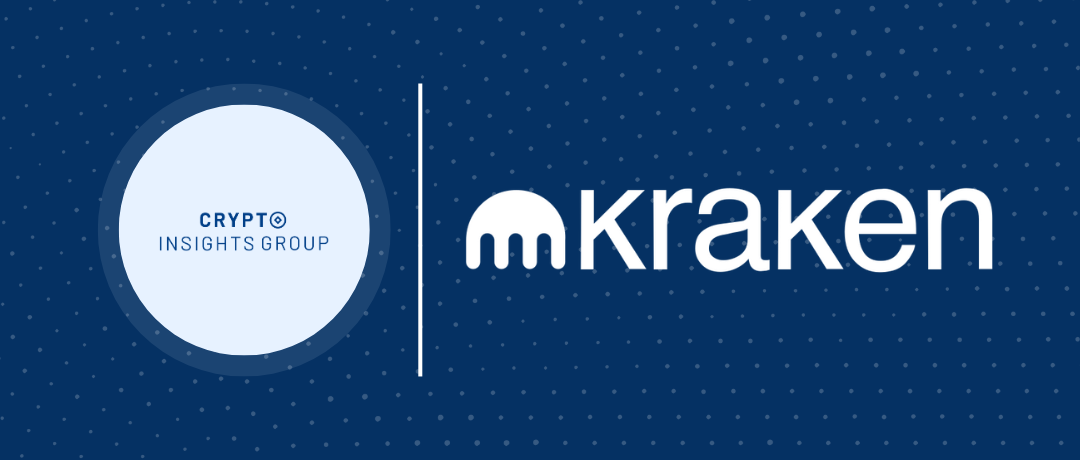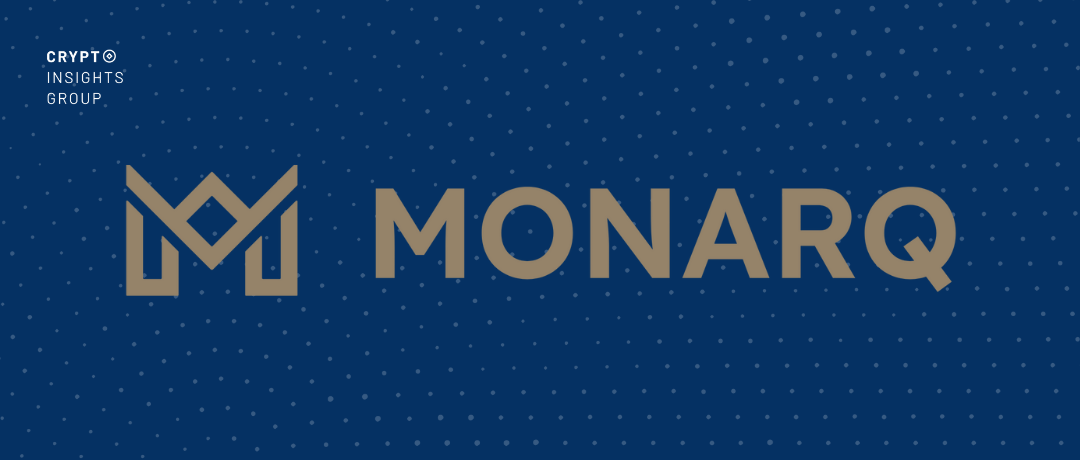Unlike the tools used in measuring investment performance and risk, which can often be quantified with proven analytics and benchmarks, operational assessments of asset management businesses typically require a balance of objectiveness and subjectiveness. For example, if an organization does not have a particular policy or control in place that is required of them by a financial regulator, one can factually state (or cite in an analysis) that not following a law or regulation is a material risk, and will likely result in a penalization for failing to meet a legal standard. Therefore, such an operational risk is objective.
However, if an investment manager’s operations are not meeting an industry best practice, such as requiring multi-factor authorization for transmitting crypto assets between wallets, assessing an operational risk would logically be considered subjective, as the risk is not imminent (in that having such a low-quality control will always result in fraud). Additionally, one could not state that this particular control is practiced by a vast majority of digital asset management organizations (i.e., as an industry standard) unless it is backed by empirical data.
For an institutional allocator conducting operational risk, operational due diligence requires the weaving of both objective and subjective elements in order to craft and document an evaluation into a final form that can be used in determining the approval (or not) of an investment. But in presenting and potentially defending one’s evaluation, much of the subjective elements are often based on individual experience and judgement, as opposed to being backed with data and thorough analytics.
What Operational Elements Can Be Used For Data Collection?
As institutional allocators, one of the biggest challenges we faced while making investment decisions was comparing managers’ operations in a consistent way. While financial performance can be measured against clear benchmarks, operational practices are harder to quantify, yet just as critical to understanding risk.
At CIG, we’ve drawn on our decades of investment and diligence experience to identify the operational elements that can be captured in a structured format. These span core categories such as organizational setup, regulatory and compliance posture, trading and operations processes, valuation and administration policies, counterparty risk management, and technology development and security.
By standardizing these inputs across the universe of crypto managers, we’re able to build industry-level data sets and benchmarking that allow allocators to see how a manager’s operations compare to peers.
Where we are able to achieve objectiveness is by running this process through the hundreds of crypto strategies on the CIG Platform to develop industry-level data sets and benchmarking, to truly understand and assess the risks of a particular crypto assets manager’s operations as compared to their peers and industry.
And so the goal is simple… Make operational research more empirical, scalable, and actionable, helping move the industry closer to a common yardstick for measuring operational strength.
A Better Way of Operational Benchmarking
As opposed to traditional asset management operations which have been in existence for decades and therefore tested through audits, regulatory requirements and investor scrutiny, crypto fund operations remain emerging in that the financial instrument types, technology, accounting standards, and yes, even the regulation, are still being developed.
What may be objective in the traditional space can often be boiled down to hard rules, common practice and often endemic processes conducted throughout the financial industry, a literal example of which are the words “generally accepted” as in the acronym GAAP, also known as Generally Accepted Accounting Principles, used as the standard method for compiling financial statements and conducting audits throughout the world.
However, crypto managers and crypto allocators do not yet have the benefit of what can be considered as operationally “standard,” and therefore must find a means to measure crypto operations in a consistent manner, taking a page from the investment research playbook by: collecting data, measuring with the right tools, comparing the sample to an appropriate population (which in this instance are hundreds of other crypto funds), and making informed decisions based upon the distance from a benchmark.
Crypto Insights Group’s technology, research and data-science approach allows for the collection and analysis of the highest quality crypto fund data, to benefit both our fund manager and institutional allocator clients, providing thorough analysis through our Platform tools and due diligence services, in order to support the needs of institutions looking to standardize investment into the crypto space.
Book a Crypto Insights Group Demo
Ready to learn more about assessing digital asset hedge fund operations?
Book a Crypto Insights Group Demo





